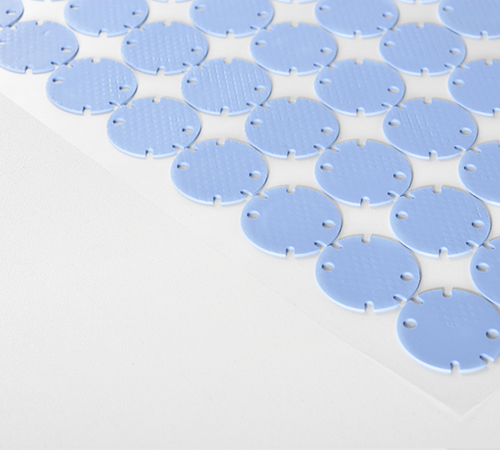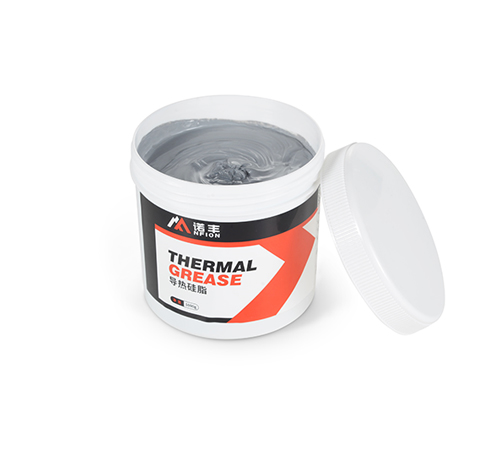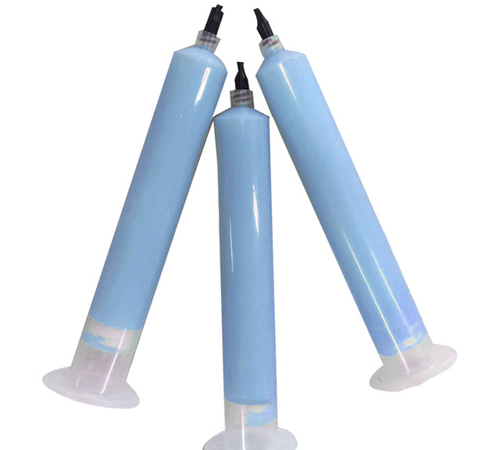1.1 Principle
1.2 Influencing Factors
The efficiency of heat conduction depends on several factors:
● Thermal Conductivity (k): Different materials have varying levels of thermal conductivity. Metals like copper and aluminum have high thermal conductivity, while materials such as rubber and fiberglass are poor conductors.
● Temperature Gradient: Heat flows from higher-temperature regions to lower-temperature regions. A larger temperature difference increases the rate of heat transfer.
● Path Length (L): A longer heat transfer path increases thermal resistance, reducing conduction efficiency.
● Thermal Contact Resistance: The interface between different solids affects heat conduction due to surface roughness, contact pressure, and the presence of thermal interface materials such as thermal grease or thermal gels.
1.3 Typical Applications
● Electronic Cooling: Thermal conductive pads and thermal grease are used to fill gaps between electronic components, optimizing heat transfer.
● Building Insulation: High-conductivity materials (e.g., metals) are used for heat dissipation, while low-conductivity materials (e.g., foam insulation) provide thermal resistance.
2.1 Principle
Convection is the transfer of heat through the movement of fluids (liquids or gases). It can be classified into natural convection and forced convection:
● Natural Convection: When a fluid is heated, it expands, becomes less dense, and rises. Cooler fluid then moves in to replace it, creating a circulation pattern. An example is the airflow in a heated room.
2.2 Influencing Factors
● Flow Velocity: Higher flow velocity improves convective heat transfer efficiency, as seen in high-speed cooling fans.
● Fluid Properties: The thermal conductivity, viscosity, and specific heat capacity of a fluid affect its ability to transfer heat. Water, for example, has better heat transfer properties than air.
● Heat Transfer Surface Area: Increasing the surface area, such as using fins or heat sinks, improves convective heat transfer.
● Temperature Difference: A greater temperature difference enhances convective heat transfer efficiency.
2.3 Typical Applications
● Electronic Cooling: Air-cooled and liquid-cooled systems use forced convection to enhance cooling performance.
● Industrial Heat Exchange Equipment: Cooling towers and condensers accelerate heat transfer using forced convection.
3.1 Principle
|
Heat Transfer Mode |
Mechanism |
|
Transfer Speed |
Typical Applications |
||
|
Conduction |
Atomic vibrations, electron movement |
Yes |
Depends on material |
Thermal pads, thermal grease, insulation materials |
||
|
Convection |
Fluid motion |
Yes |
Depends on flow rate |
Cooling systems, heat exchangers, HVAC systems |
||
|
Radiation |
Electromagnetic waves |
NO |
Depends on temperature |
Space cooling, infrared imaging, insulation coatings |
In real-world applications, these three heat transfer methods often work simultaneously. For instance, in electronic devices, heat generated by a chip is transferred via conduction to a heat sink, removed by convection through a fan, and partially dissipated through radiation. Optimizing thermal management requires a comprehensive understanding of all three modes.
Conclusion
 CN >
CN >



